Time for OTT to draw up a stronger technology gameplan
While the Consumer is King and Content the Superstar, technology tends to get relegated to a character artiste working unobtrusively in the background. With the growing competition, the need to create differentiation and a demanding consumer base, time has come for OTT players to have a stronger technology gameplan – and as OTT delves deeper into Tier 2, 3, 4 and smaller markets, the tech challenges will only increase.
The digitisation of content consumption has made the content reach to the audience in their mobile devices which can be consumed at anytime, anywhere. But to satisfy the needs of the consumers, OTT platforms and Tech companies have to engineer the way content is being consumed. Whether it is data encryption, compression, stabilisation, better quality with lower bandwidth, it is the technology that is changing the game plan of how the content is showcased. Adgully’s SCREENXX 2021, the largest congregation of the online video industry in India, brought together some leading industry experts to discuss on ‘Why a stronger technology gameplan matters in OTT?’
The panel was moderated by Shanta Saikia, Editor-in-Chief, Adgully, and the esteemed speakers included:
Aloke Majumdar, VP - Technology, Hoichoi
Richard Dowling, Senior VP of Consulting, ThinkAnalytics
Sidd Mantri, Senior Vice President, Chief Product Officer, MX Player
Vinit Mehta, Founder, Winvid
About the cloud computing media streaming infrastructure, hyper personalization techniques and Video compression technologies, Sidd Mantri, Senior Vice President, Chief Product Officer, MX Player said, “To a very unique environment in India, where majority of the OTT consumption still happens on a mobile device, with the big TV platforms, the fire sticks and the Chromecast with the world. When they're picking very aggressively but for all practical considerations, consumption happens on mobile devices especially when you go into the breadth and depth of OTT consumption in a market like India, it's fascinating with the cheapest data in the world. There are 500 to 600 million mobile Internet connected users now, despite the fact that data is cheap and it's not very expensive, there is still a reasonably large number of users who effectively live on a day to day ration of data, and they have data cap like two gigabytes per day and these we have done a lot of research on these users and they actually have a mental mapping and calculation of I am going to spend 200 MB on whatsapp and i'm going to spend like another 600 MB somewhere else, so they ration it. So we've always focused on at MX player, you know we pride ourselves on being a massy OTT platform. We're proud of the fact that we have more than 150-160 million monthly active users consuming OTT content on the platform. We want to democratize access to premium entertainment content to each and every one of these 500-600 million users in India who have access to a mobile device and to data, but are parched for quality entertainment, because, India is a single TV household which means whoever has control of the remote control, the rest of the family is going to watch, whatever that person's watching. So we spend a lot of time and effort on reducing data consumption for our users. We're really proud of the fact that we're the first and so far the only OTT platform in the world who has deployed ‘H dot 266’ which is arguably the most advanced compression standard for video encoding and by any benchmark by any comparison, the same content, patriot, resolution, and quality, we are at least 50% of what any of our competitors can benchmark against. So effectively, that means for the same data our customers can consume twice the amount of content and they would otherwise on any other platform. For the last few years, we invested in artificial intelligence tech that is able to determine the most important object in the frame. Our tech would automatically determine the most important person in this frame and just drop the resolution in the background. When it comes to data compression in a market like India, which is highly data sensitive, our ability to operate an extremely low requirements of data from both consumption point of view as well as the real time requirements point of view, it means that we're able to deliver a quality of service to customers, independent of whether the data network is unstable, whether it goes up and down bandwidth, because the requirement is so small, even a small pipe will do for us, and that has yielded rich dividends, when it comes to being able to reach the breadth and depth of the country.”
Personalising the viewing experience for the customers, Richard Dowling, Senior VP of Consulting - ThinkAnalytics said, “We are a software company, primarily supplying software to OTT players, VPNs, cables, Satellite throughout the world and there are over 85 different operators that use our solution globally. We're sort of coming at it from a very different perspective so we're sort of becoming the heart of the viewing experience. So it's about helping customers find content that they want and that they would enjoy. It's about engaging the viewer in the content that they like and helping them find it. And as catalogs get bigger,it becomes more important, anything that is traditional, I would be perhaps a single content line that would appear across the screen and that would be recommended for you or something like that. If it's done well, then just by itself, it can be a very efficient and very good way of getting customers to talk to find the content that they enjoy but what we're finding is that it's growing much more than that, and particularly with OTT players. So cable companies in the past, would be stuck with one or two or three year change cycles, to change the box and the software and all the back end infrastructure, whereas ott players and much, much more nimble much, much more agile and that really plays into our hands to be able to start to customize and change the whole user experience. So it can go from a single line through to the entire home screen being personalized to to the user's choices and whether that's things like personal recommendations, where it's learning from what you've viewed and using that to apply changes on that and come up with content that you might enjoy or whether it's things like where it's predicting what you normally watch at this time of day, so perhaps a different view of it or whether it's actually more of a reminder service of continue watching or don't miss the next episode. And that then carries through to you because you watched this show you might like, be similar sorts of shows so that's kind of where we come into the technology thing. First of all, attracting viewers to the OTT service, you might get a free trial for a day or a week or something like that to attract people coming in, so make sure that what they see is relevant and attractive and really applies to those people. Also it reacts very quickly in the real time as you start watching it or what you tell the service what your tastes are.That’s relatively simple personalization to do, but then within the languages and here's the particular shows that you might like within that language space. So it's that kind of thing that we're trying to do and it's engaging the viewer, and by engaging the viewer they want to watch more because they can find more. It’s just a normal human reaction. Then it has the business consequence of them - more likely to come back and less likely to leave. So more likely to come back is very important if there it's a advertising funded service and more likely to stay if you're a subscriber base pay service so that's kind of the rationale for what we do and how our technology starts to help OTT players.”
On Hoichoi being a large regional OTT player, and discussing the technology game plan for them, Aloke Majumdar, VP - Technology, Hoichoi, said, “Hoichoi, which is a Bengali OTT platform, if you see the Bengalis, I think it is the fourth largest speaking language globally, and we have a Bengali diaspora spread across the world. So, while that, like largest Bengali OTT, we don't usually treat ourselves as a regional, We entertain Bengalis globally right so and that you know that you know, like a makes us more responsible and, it makes our job, a little bit challenging and obviously the technology plays a major role, because if you see the OTT distribution model, the content is always the key, but the factor is how we deliver it and that makes OTT no different from traditional delivery methods and that makes OTT more popular. Now by design, OTT is a technology. We're able to provide the content to the user and on their smartphone or on smartTV or on set top box and everything. So we invest a lot on technology, encoding and the data consumption point of view. How we can increase the user engagement, communications, and how we can inform people what they need to watch and whenever they're trying to watch something on our platform from any connected devices, we try to put a seamless experience. User experiences always supersede everything else because people have choices and if they don't have a proper personalized and a better user experience that differs and it can force people to uninstall the app because in India, we have seen that people are pretty selective about what APP they will keep in their phone because they have different challenges like storage, and everything. So as a major OTT player, we have a different segment in terms of, technological plan, and the roadmap source, but entirely it circles around the user experience.”
Throwing some light on how technology is fueling the growth for TV platforms, Vinit Mehta, Founder, Winvid, said, “It was always the cloud that the OTT folks focused on, but I think the focus is even more on the cloud today. It has made our lives easier, technology costs are much more manageable. It was probably four or five years ago, it is in many ways the golden age of technology disruption, powered by the cloud, AI, machine learning, block chain and our device explosion which has led to fantastic choices available for content owners, as well as consumers of content. Today's tech options and video cloud platform providers, content owners can launch across 10 plus devices offering the best payment options in a matter of weeks. Spinning up or down or live channel takes minutes, no hardware maintenance or no hardware is required at all. So we've come a long way today and obviously the COVID-19 pandemic has intensified that effort towards investing in good tech. Add to the power of machine learning and AI can help reduce the video size, enhance video quality at lower bandwidth, auto subtitling, auto translation, much quicker recommendation and personalization engines. We really have a perfect storm of all these technologies which has coincidentally only intensified during the last 12 to 18 months. In addition, another valuable use case for OTT tech, especially in today's world of burgeoning traffic is for architects to build intelligent video delivery mechanisms whereby based on the geography or existing traffic patterns and bandwidth availability, the system will actually pick the appropriate CDN to deliver the video. I think that the CTVs area is growing really fast. That segment is a definite interest area where advertisers, content owners, as well as platforms are focusing on and even though India remains mobile first market, so we have this conundrum now on focusing on multiple devices. You have not only one platform, but say seven or eight to consider. Those are some of the considerations that the OTT platform owners have today, more than ever before, as mentioned earlier. Going to market quickly is one of the biggest factors that people consider, so you have the likes of MX player, Hoichoi who are much more mature, even their engineering teams, but smaller outfits or smaller content houses, who are considering OTT platform to market, for them also it becomes much easier to make that decision.”
Watch the complete conversation below:



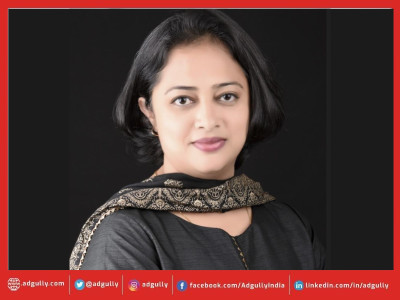

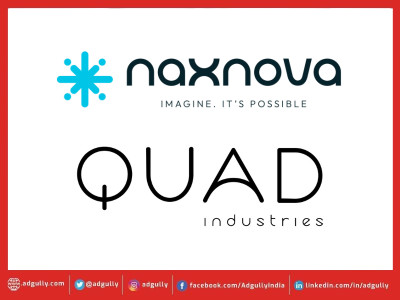
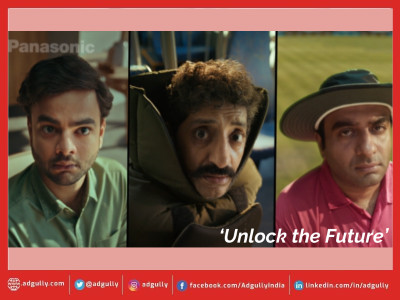


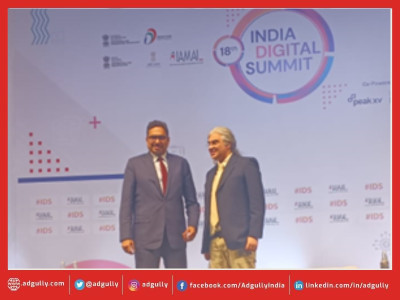
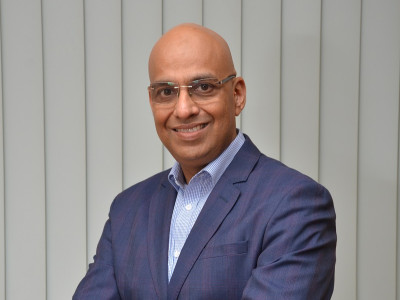
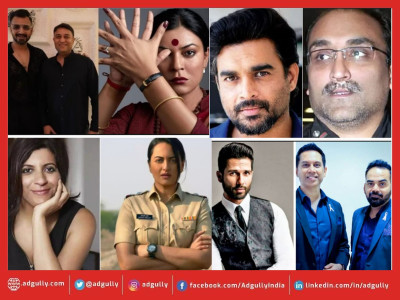

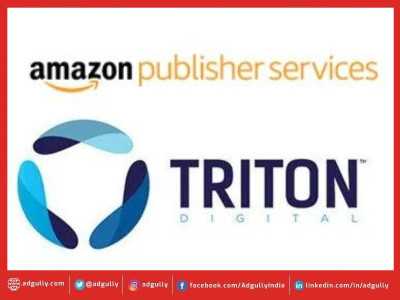
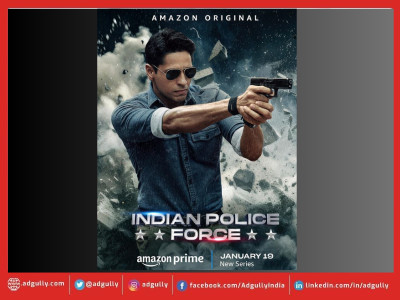

Share
Facebook
YouTube
Tweet
Twitter
LinkedIn